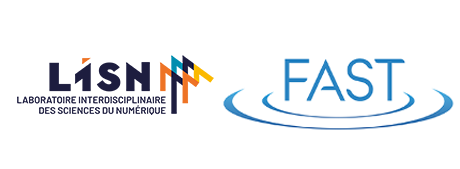
Complex ramified structures arise naturally by growth and self-organization in a large number of natural processes. The ramification usually arises from morphological instabilities that are due to a coupling of interface motion to transport processes in the bulk. A complete understanding of structure formation therefore requires to follow the complex interface dynamics and the resulting nonlinear pattern selection processes.
In recent years, the phase-field method has emerged as a method of choice for the numerical modelling of such free-boundary problems. It is based on phenomenological equations of out-of-equilibrium thermodynamics that are combined with free-energy functionals of Ginzburg-Landau type; interfaces are represented implicitly by profiles of suitable order parameters. Using relatively simple codes, structure evolution can be simulated qualitatively, and for some cases even quantitatively. I will first give an introduction to the principles of this method, taking as an example the growth of crystal dendrites during solidification, and then discuss other applications to structure formation in hard and soft condensed matter.